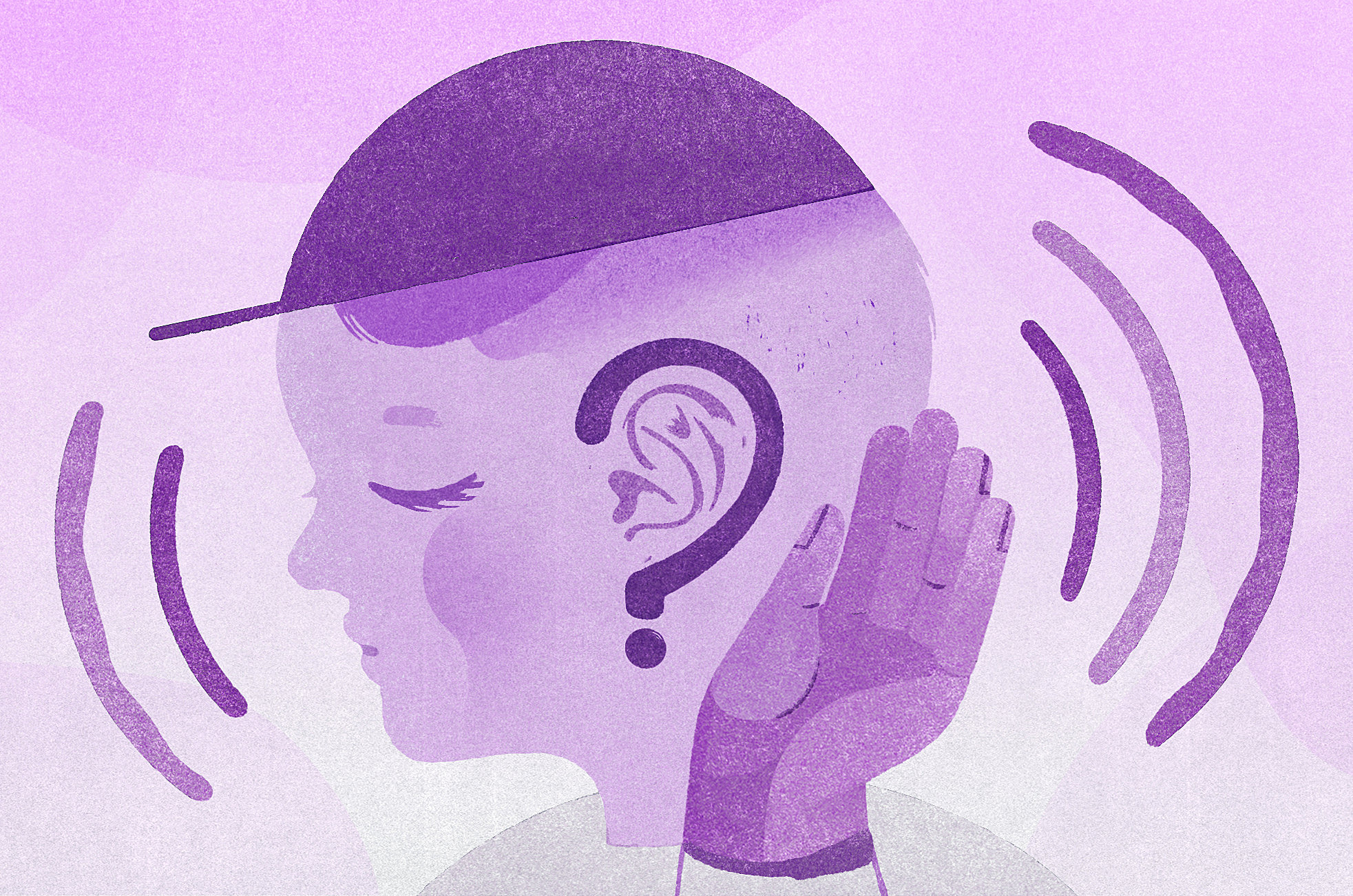In September 2020 I participated to the 14th NExt-Generation Global Workshop organized by the Kyoto University Asian Studies Unit (KUASU), where I presented a paper titled “Learning Japanese Sign Language as a Foreign Language: the impact of online tools in creating equal opportunities for Deaf Students”. In this paper, I wanted to investigate how online tools can be used to create an inclusive language learning environment for students who are d/Deaf or Hard of hearing.

Specifically, I investigated if online tools and JSL e-learning materials could improve the educational experience of d/Deaf students who are interested in Japanese Languages. The FL learning situation of d/Deaf students has been largely overlooked in previous research, based on the stereotypical assumption that d/Deaf students are simply “not suited” for language learning. As a consequence, there are very few learning materials that are designed for the needs of d/Deaf students. Language teachers are also rarely prepared to attend the needs of Deaf students in their classrooms.

Accessibility is something that people living without disabilities tend to take for granted. Reality for students with disabilites and SLI, however, is very different. Projects like NoLBrick allow students to question traditional teaching practices occurring within their learning environment. When speaking of inclusion and deboxing in language education, we have to make sure that students with disabilities are not left behind in the process.
Thanks to the collaboration of the Disability Office and of my fellow students of Japanese and LIS (Italian Sign Language), I have collected a lot of voices on accessibility in language education from Deaf Students, Hearing Students and Language teachers at Ca’ Foscari University. I believe that their precious opinions and experiences, which I was allowed to analyze anonymously, are an important step to tearing down the walls of inaccessibility and standardization that occur within language education.
Link to the paper: (available from November 2021)
Acknowledgements
This research was supported by the NoLBrick project. I would like to thank Prof. Mariotti and all the participants to the NoLBrick seminars for their expertise and assistance throughout all aspects of this study, and for their help in writing this paper.

コメントを残す